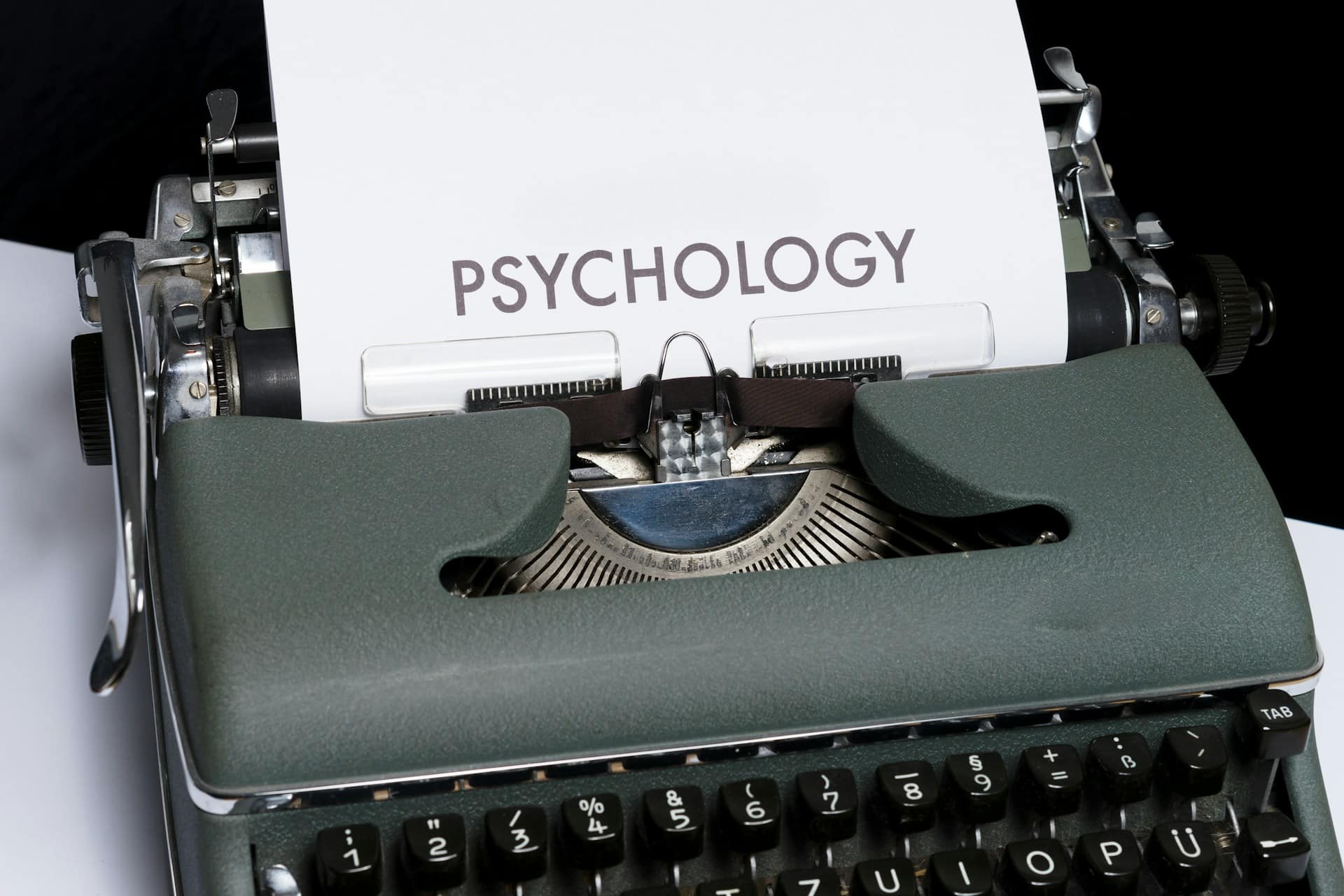











Work-life balance can be a complex and intricate juggling act. If you drop one ball, you risk dropping them all. A person needs to figure out how to keep balls pertaining to work deadlines, household responsibilities, parenting, socialization, financial responsibilities, and self care all suspended in the air at the same time. This can be a challenge for anyone, but especially more so if you are someone with ADHD. When you have ADHD, it can seem like balls are being thrown at you from every direction at the same time, while you are desperately attempting to focus on the ones that you already have.

Work-life balance can be increasingly challenging for someone with ADHD due to impairments in executive functioning and difficulties with self-regulation. A person with ADHD struggles with maintaining focus, ignoring distractions, and time management. Maintaining priorities, boundaries, and structure are important to productivity and emotional well being. ADHD can make it challenging for a person to complete tasks and to see responsibilities through until the end. Hyperactive elements of ADHD may make it impossible for one to sit down and plow through a boring work assignment or stay vigilant while helping a child with homework.
Fortunately, there are several strategies and interventions to help a person with ADHD to find a positive and healthy work-life balance. Firstly and perhaps most importantly, people need to schedule time for self-care. In today’s society, it is too often the case that we are dictated and running on other people’s time frames. It is imperative to factor in personal downtime to do things that are enjoyable and fulfilling.
Maintaining focus can be easier when distractions are minimized. With cell phones, computers, social media, and electronics, there are constant distractions. Phones are ringing, fax machines are dialing, emails are signaling their arrival, and notifications for anything and everything are constant. These distractions can make it virtually impossible to focus and stay on task. Most people find it challenging to ignore the alluring ding of a text message while smack in the middle of a task, but this can be especially tricky for someone with ADHD. If a person veers off track from a wayward text message, it can make it very difficult to get themselves focused and back on track.
Original tasks can be left uncompleted if a person gets distracted and forges in a new direction. This can be problematic if the original task was something important, such as cooking dinner, cleaning the house, picking up children, or meeting a work deadline. To combat against distractibility, a person with ADHD would greatly benefit from turning cell phones, computers, televisions, and other electronic devices off while engaging in important tasks and responsibilities.
Setting boundaries is critical to maintaining one’s priorities. It is important to refrain from impulsively accepting a responsibility or saying “yes” to someone or something without first considering priorities, weighing out options, or consulting schedules.
Planners, to-do lists, and schedulers can help a person to be attentive and stay on task. A routine schedule can help a person to sustain focus and methodically check off items on to-do lists. Communicating one’s schedule to spouses, partners, or family members can be helpful in reducing stress levels and can alert a person’s partner or loved one as to what they are doing.
It is no secret that work-life balance can seem elusive, feel frustrating, or be downright impossible on most days. However, when you have ADHD, balancing a multitude of tasks may seem even more intangible. Instead of feeling like you are perilously trying to balance several balls in the air at once, while having others hurled directly at you, there are several strategies that can make it feel as if some balls are being eliminated (or at least suspended in air for a brief moment in time).